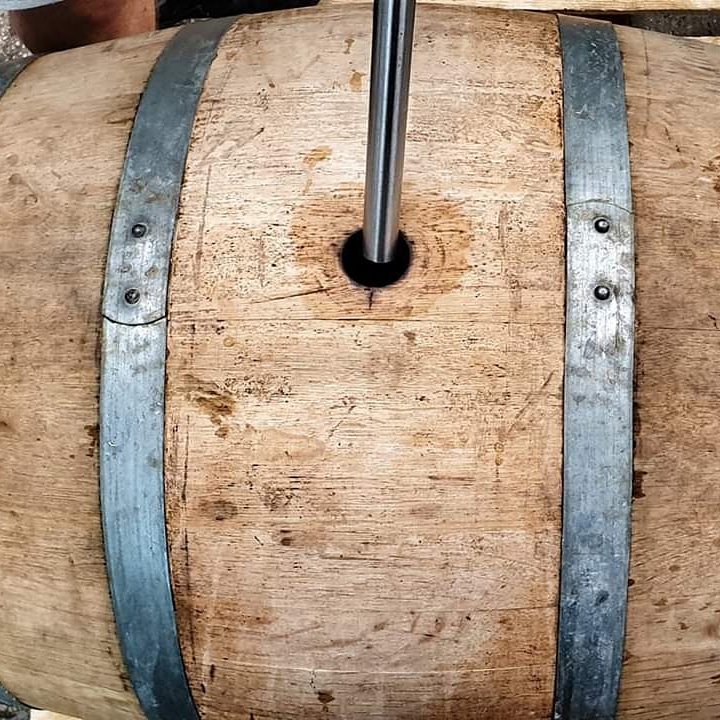It’s easy to forget that, in beer terms, stainless steel is a relatively recent innovation. Until the mid-twentieth century, wood was the primary material used for beer casks. In the 1960s, the tide turned in favour of first aluminium and then stainless steel.
Enter the Society for the Preservation of Beers from the Wood (SPBW), which was established in 1963 to try to keep up the traditional use of wooden casks. Through social events and support for breweries, pubs and coopers interested in beer from the wood, their work has helped to stop wooden casks from falling completely by the wayside.
While metal casks undoubtedly have their benefits (among other things, they’re lighter and easier to clean), the brewing industry has caught up in recent years with what the SPBW has been trying to tell us – that something was lost from the creative process when the shift was made away from wood.
A constant supply of new hop varieties, different grain combinations and experimentation with yeasts give brewers an enormous playground in which to innovate, but adding back a couple of extra variables – the type of wood used and the length of time the beer spends in contact with that wood – gives an extra dimension that can be exploited in a different way now that brewers have much more control over their processes as a result of technological advances.
Different types of wood can give different flavour profiles, as can any other drink that’s been aged in the vessel before. It’s important to avoid toxic woods, of course – yew and oleander are particularly nasty – but there are plenty of others to choose from and modern coopers make their casks from a range of trees, including hard maple, for its syrupy notes and white ash, which can give a tantalising hint of campfires and marshmallow. However, it’s very noticeable that there aren’t many firs or pines on the list – some people have reported a hint of turpentine in beers aged in conifer wood, so it’s probably best avoided!
In pride of place in the Beerblefish Brewhouse is our French oak wine hogshead that once contained Beaujolais. The first beer we aged in it was a version of our 1853 ESB that we made for a wedding – some of the lees from the wine were still in the barrel and gave the beer a fantastic round mouthfeel and mellow flavour during the six month aging period. The wood is quite old, so there weren’t the vanillins that one might expect from newer oak.
Since then, we’ve aged a few beers in the wooden barrel, most recently our Barrel-Aged Imperial Stout 2019, the latest in our annual series of imperial stouts. We’ve also borrowed some wooden pins and provided the same beer from wooden and stainless steel barrels so that drinkers can spot the differences.
We’re enjoying our beer from the wood so much that we’re about to invest in our own oak casks in preparation for SPBW’s Woodfest 2020 at the Turk’s Head in Twickenham on 28 to 30 May.


Recent Comments